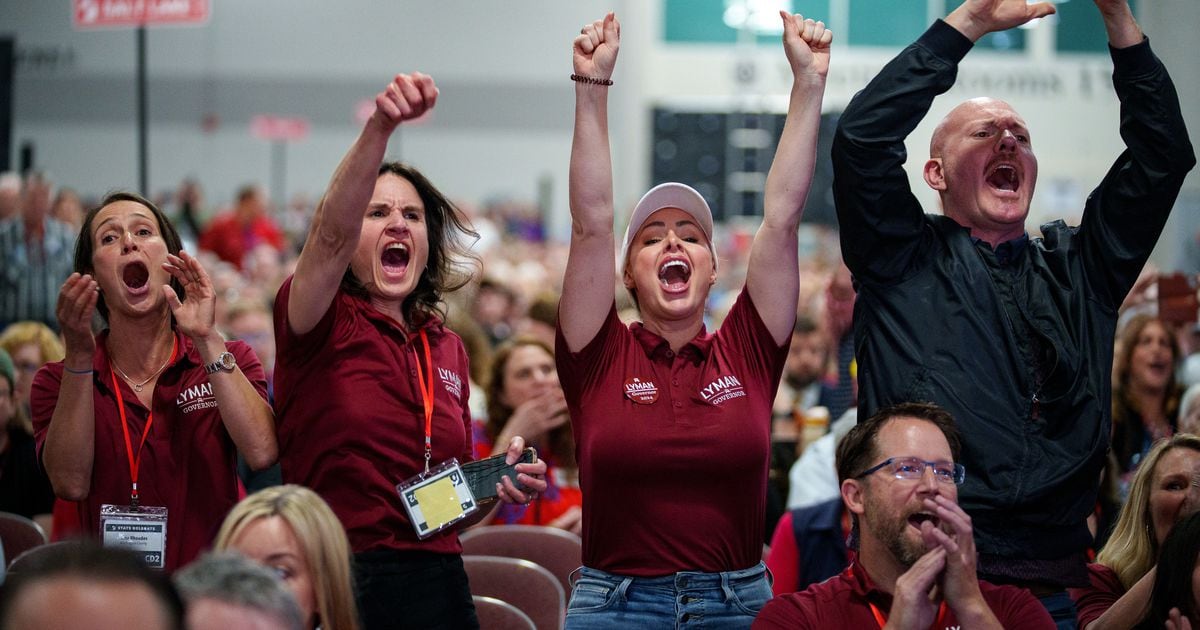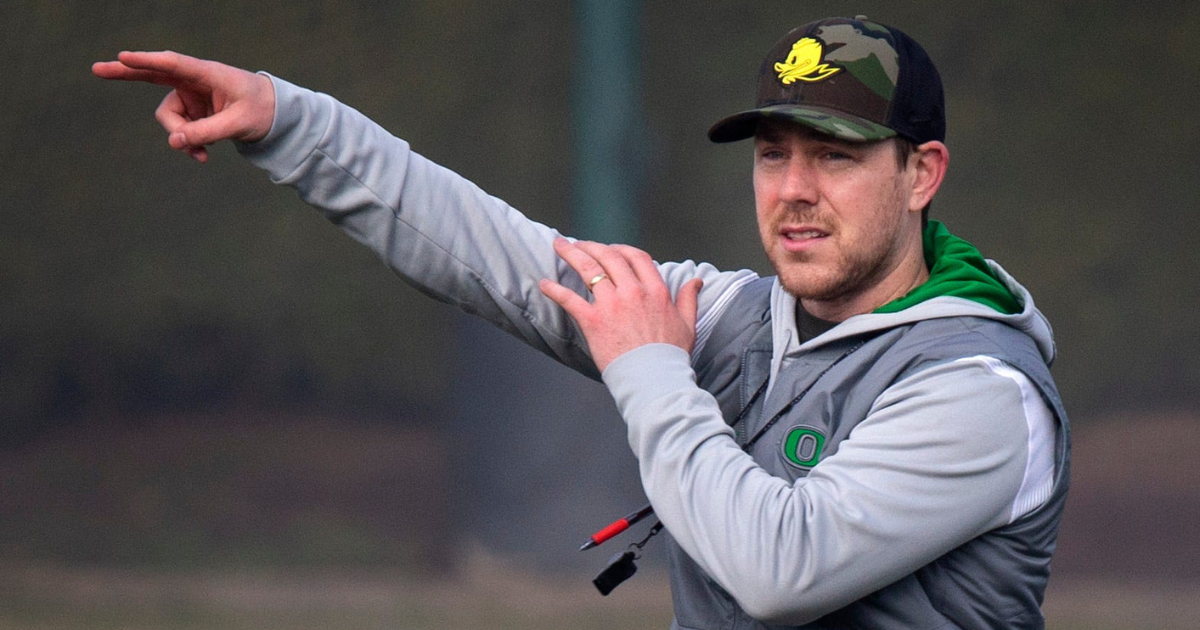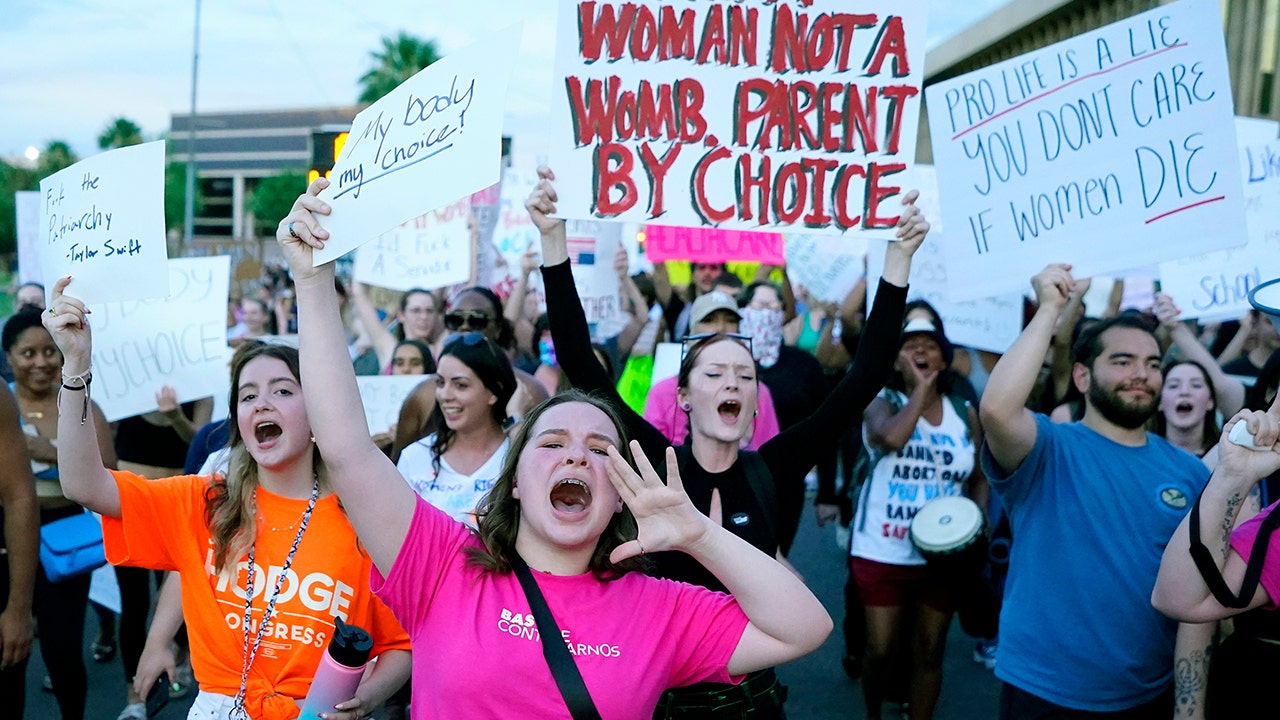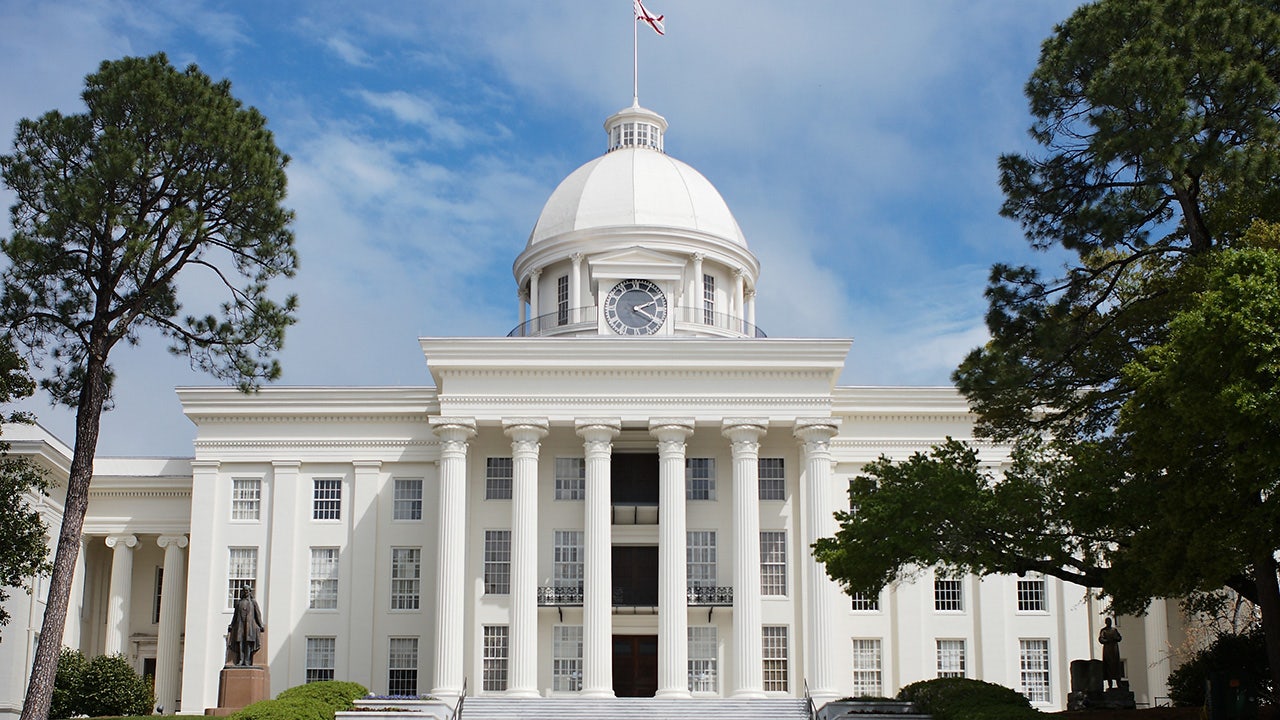Louisiana
APM Terminals readies $500m investment in Louisiana – Splash247
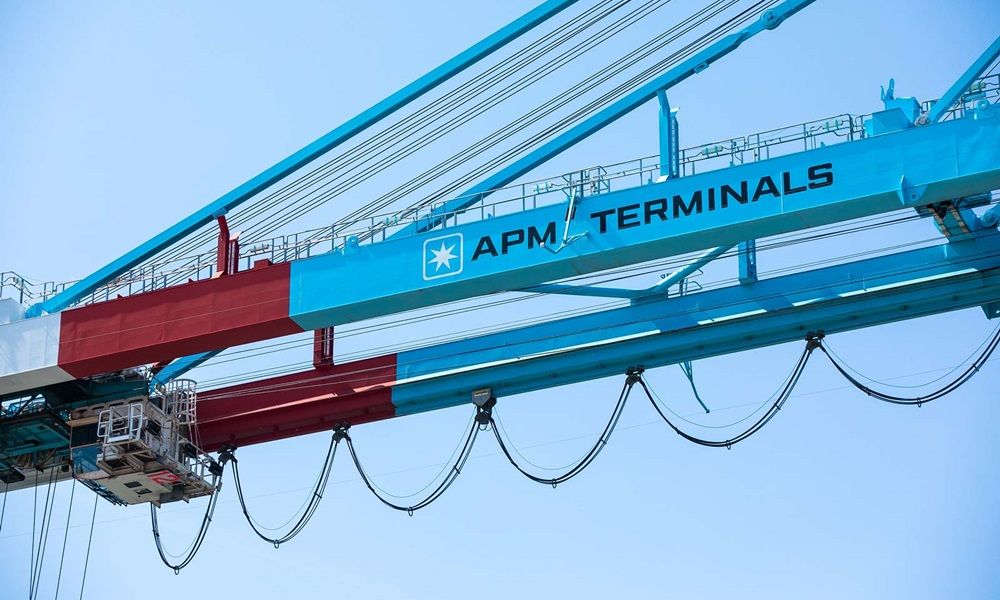
APM Terminals has lined up $500m for a container terminal on the West Bank of Plaquemines Parish in Louisiana, US.
Maersk’s port operating arm, which currently operates four container terminals in the US and 62 globally, has executed a letter of intent with Plaquemines Port for a new terminal that is said to hold significant potential to enable new business west of the Mississippi River. It will be the port closest to the mouth of the river, with the widest ship turning radius.
“This major commitment shows the market’s tremendous confidence in Louisiana as the home of vibrant, growing port activity,” said Louisiana Governor Jeff Landry, adding that the announcement “is a direct investment into the businesses and industries that have built Louisiana, and I look forward to the major impact our ports will continue to have on job growth and the economy here in our state.”
Plaquemines Port will lease the land to APM Terminals under a 30-year deal with extension options. APM Terminals estimates the initial investment in terminal infrastructure will be approximately $500 million, which will be privately funded.
The initial project, estimated to cost $500m will be privately funded. It will encompass 200 acres, on-dock rail, and a berth capable of handling 14,000 teu vessels, the largest now traversing the expanded Panama Canal. There will be options to expand the site up to 900 acres for terminal expansion and complementary logistics activities, APM Terminals said.
“In time, this greenfield site has all the potential to evolve into one of the big ship gateways into the US,” stated Wim Lagaay, APM Terminals’ senior investment advisor to the CEO.
“This venture allows us to build from the ground up, integrating cutting-edge technologies and sustainable practices to create a modern logistics hub that lifts standards of safety, efficiency, and productivity. Our collaboration with the Plaquemines Port and local stakeholders is key to developing a facility that sets new industry standards and serves as a boon to the economic vitality of the region,” Lagaay added.

Louisiana
Louisiana AG sues Biden Admin over new ATF rules on private firearms sales

BATON ROUGE, La. (KALB) – Louisiana Attorney General Liz Murrill announced that she is suing the Biden Administration in a multi-state coalition over what she says is an unlawful ban on private firearm sales.
In the weeks before, the U.S. Department of Justice expanded their rules and regulations, requiring background checks and licenses for any private gun sale.
The Office of the Attorney General claims the restrictions are unconstitutional, intrusive and serve as a direct attack on Louisiana’s right to bear arms.
Murrill released a statement with her lawsuit announcement saying:
“These new rules clearly violate the Second Amendment. The Biden Administration continues to recklessly attack our constitutional rights. Louisiana will challenge them every step of the way.”
Click here to report a typo. Please provide the title of the article in your email.
Copyright 2024 KALB. All rights reserved.
Louisiana
Election chaos in Louisiana as only state without a congressional map for fall ballot
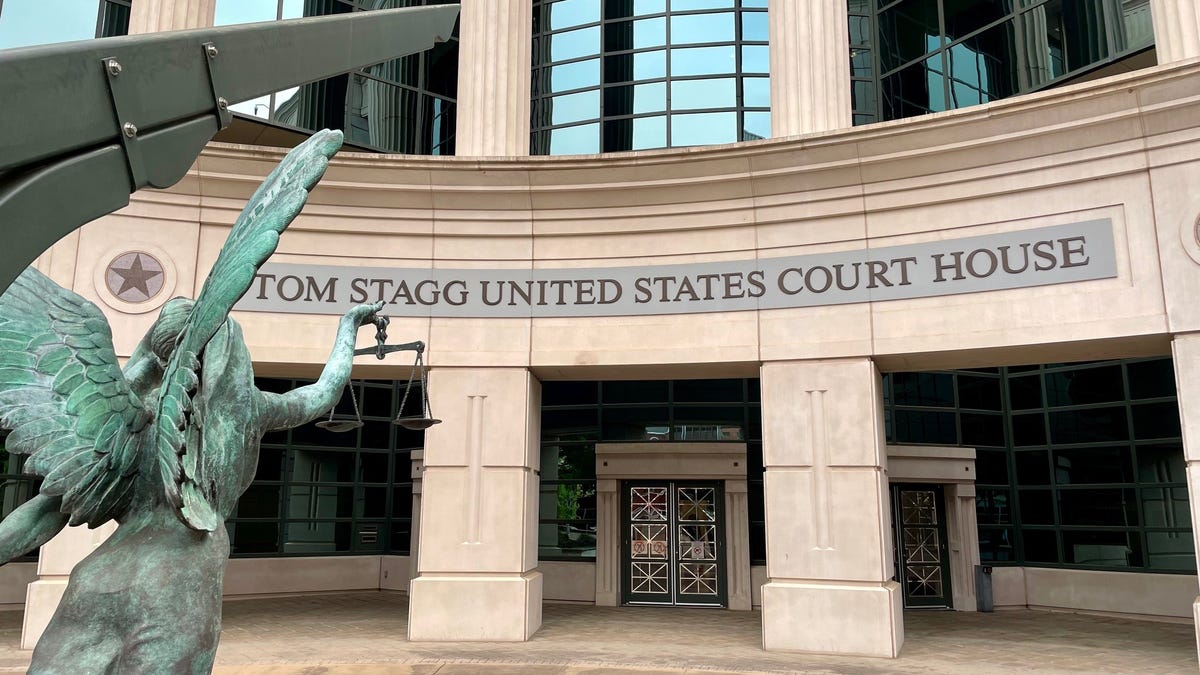
A federal court panel’s divided decision to throw out Louisiana’s congressional boundaries has left the state without a map to hold the Nov. 5 election and less than two weeks to produce one before the state’s chief elections officer’s deadline to conduct a fall ballot.
The three-judge panel issued a 2-1 decision Tuesday ruling Louisiana’s congressional map creating a second Black majority district was unconstitutional because of “an impermissible racial gerrymander,” siding with the plantiffs who sued to block the boundaries.
U.S. Western District Judges Robert Summerhays and David Joseph, both nominated by President Trump, sided with the plaintiffs. Fifth Circuit Court of Appeals Judge Carl Stewart, nominated by President Bill Clinton, dissented.
The court has scheduled a status conference at 10:30 a.m. May 6 to discuss what’s next for the state and intervenors who defended the map and the plaintiffs who successfully challenged it.
Louisiana Attorney General Liz Murrill told USA Today Network Thursday she expects to file a motion with the panel by Friday to permit the state to implement the rejected map pending an appeal of its verdict to the U.S. Supreme Court.
Meanwhile, the NAACP Legal Defense Fund, a group of Black voters and other civic organizations have already filed a notice of appeal with the U.S. Supreme Court asking it to allow the rejected map to remain in place as an emergency remedy for the 2024 election until a new map can clear the courts.
The NAACP Legal Defense fund will also enter Monday’s hearing with its own preferred map that would create a second majority Black district.
“We will continue fighting on all fronts for a map that has two majority Black district as a matter of fair and constitutional representation as we have been for the past two years,” NAACP Legal Defense Fund attorney Jared Evans told USA Today Network.
Evans said he doesn’t believe two weeks is enough time for the panel or Louisiana Legislature to craft a new map, which is why the intervenors have asked the Supreme Court to allow the rejected map to be implemented for the 2024 elections only.
“Louisiana is the only state that doesn’t have a congressional map,” he said. “This is an emergency.”
But Paul Hurd, an attorney with the plaintiffs who will likely have their own map to submit, dismissed those concerns.
“With the technology we have today we can draw a map in 4 hours,” Hurd said. “We can definitely deliver an answer by (Louisiana Secretary of State Nancy Landry’s) May 15 deadline.
“I think we’re right on schedule, but we’ll find out Monday. If the court asks for proposals I’m sure we’ll have one.”
The federal panel could also commission what’s known as a special master to draw a new map it finds acceptable.
At stake are the political careers of the incumbents and scope of representation for the state’s Black voters.
The plaintiffs successfully challenged the map by attacking the new majority Black 6th Congressional District boundaries stretching from Baton Rouge to Lafayette to Alexandria to Shreveport as unconstitutional, arguing they they didn’t meet traditional redistriction principles like compactness and preserving communities of interests.
The state contended additional factors drove the map, including the politics of protecting powerful incumbent Louisiana Republicans U.S. House Speaker Mike Johnson (4th District), Majority Leader Steve Scalise (1st District) and Julia Letlow (5th District), a member of the Appropriations Committee that controls the country’s pursestrings.
Doing so put Republican U.S. Rep. Graves, the current 6th District congressman, in peril by dismantling his boundaries in favor of a majority Black voter population.
The lawsuit was just the latest litigation challenging the state’s ever-shifting congressional boundaries since the 2020 U.S. census.
Late last year a federal appeals court signaled it would uphold Baton Rouge Middle District Judge Shelly Dick’s earlier ruling requiring Louisiana’s previous congressional map be redrawn to include a second majority Black district out of six to comply with the Voting Rights Act.
The Republican-dominated Legislature complied and new GOP Gov. Jeff Landry signed into law the newest map in January, only to have it thrown out this week by the three-judge panel after a three-day trial in Shreveport in early April.
More: Federal judges throw out Louisiana congressional map with second Black District
Greg Hilburn covers state politics for the USA TODAY Network of Louisiana. Follow him on Twitter @GregHilburn1.
Louisiana
Louisiana hip-hop artist shares her experience with domestic violence to help others
When Hip-hop artist Mim “Mimzy” McCoy performs in front of a crowd, it is with a feeling of confidence and empowerment.
She has not always felt that way, in fact, she has felt the exact opposite. But, that was before she finally freed herself from an abusive relationship that lasted six years.
She was the one woman, in the statistic that says one out of every three women will experience domestic violence in their life, according to the World Health Organization.
During that time, she lived her life in fear that she would become another painful Louisiana statistic, a victim of femicide, the intentional murder of women. Louisiana ranks 5th in the nation according to the Louisiana Coalition Against Domestic Violence.
“I’m a living miracle, I have seen the angel of death in person,” McCoy said.
“We live in a world that allows domestic violence to occur,” said Project Celebration’s Outreach and Children’s Advocate Aslan Godfrey, who also stated that the first five 2024 homicides in Shreveport were femicides. “To put it in perspective, in the state of Louisiana, at least 100 children each year lose a parent to domestic violence.”
Located in Northwest Louisiana, Project Celebration is a nonprofit that provides direct services to survivors of domestic violence, sexual assault and children experiencing violence. It currently operates 2 domestic violence shelters that provide safe housing for women and children fleeing domestic violence as well as medical, personal and court advocacy. “Our hotline for domestic violence is ringing all day, whether that’s just for safety planning, or someone reaching out for counseling or financial assistance,” said Godfrey.
It’s a service that McCoy thinks is necessary but did not use herself. Her separation from her abuser took years.
Today McCoy is most thankful to God. During one of the lowest points in her relationship, after years of abuse, she recalls God “speaking” to her. “He told me that my children and I would be restored.” It would take years to get fully free, much more time than it took for her to get into the relationship.
“I wasn’t really looking for anybody to come save me,” McCoy recalls of the beginning of her relationship. However, she admits that it was a troublesome time in her life, as she was living in between homes and couch surfing at friends’ houses. She was also very young, 18. He was several years older.
She remembers it was quick decision to move in with him and now feels she lacked the mental skills to make a more rationalized decision, “There was a lot of me feeling like I was already in the wrong, mixed with the desperation, and then the first man that showed me attention… I was like, yep, I’m moving in with you.”
She had yet to heal from a difficult childhood, leaving her vulnerable without realizing it, “I just didn’t get love as I should have as a child.”
For a while, she felt she was the one in control. She describes herself as a rebellious child who did things the way she wanted. However, that control slipped away, and her personality slowly changed from the toll of emotional abuse she was experiencing.
“There’s so much psychological abuse that goes on with domestic violence. It’s so important to recognize the signs and symptoms,” Godfrey said.
Some of the signs that a relationship is unhealthy:
- Isolating someone form their support system.
- Being verbally demeaning.
- Gas lighting
- Controlling finances
- Preventing a person from making their own choices
- Pressuring a person to do things and using threats or intimidation.
“Domestic violence is never the victim’s fault,” said Godfrey.
It was not long before the abuse became physical in McCoy’s situation.
It was a normal fight, but then it crossed the line, McCoy recalls, “It’s like flashes of lightning… you can’t even think because there’s a fist in the side of your head, or your heads being thrown into something, and you’re completely disoriented and don’t know where you are. There was nothing I could do. He was completely overpowering me.”
McCoy called the police, but when the time came for her to report the domestic violence, she had already listened to all his apologies. “He showed me all this love and then he was like, ‘I’m just I’m so sorry. I’m so sorry,’ and his apology was just so sincere. By the time the police got there, I was like, ‘No, it really wasn’t that big of a deal.’”
She decided to believe in her fantasy that he was her Prince Charming, with all the promises of a better life, “I was trying to figure out how to fix it because I loved him. I had a place to live, I had a man who was attractive, who was going to be contributing to the household, and that was going to be my white picket fence.”
When the next time came, there were more reasons to stay, and a little less of the original McCoy to fight back. She said that with the gaslighting, the narcissism and the manipulation, she was slowly, “being stripped of any bit of myself that I was becoming, or even was.”
“Domestic violence is about power and control,” said Godfrey, “It’s ‘what can I do to keep control over this victim?’, whether that’s mental, physical, emotional, financial, spiritual, there’s so many different types of abuse and tactics that abusers use to keep that power and control over that victim.”
For McCoy that meant controlling her finances, food and transportation, “He controlled every single aspect of my life, so I was completely reliant upon him.” He had also separated her from her family, “He was the only person I had to depend on. He was all I had.”
It also meant she was still trying to ‘fix’ the relationship. McCoy felt that having a child would offer a solution, “I’m going to love the baby so then he’s going to love the baby. This is going to fix him; this is going to fix us.” But, she said, it did the opposite, it made it worse. A second child also did not help.
As the years went by the beatings continued, “it’s like having a record on repeat.” Most of her bruises would be in places that did not show to the public. She learned to disassociate from her body during the beatings, “I would leave my body. I just didn’t want to feel it and if I knew it was coming, I would just literally, because of the pain, I would just leave my body,” she said.
It continued to get worse, the police were called numerous times, McCoy would be in a state of hysteria, and they would ask her is she wanted to go to a hospital. She would say yes. It became a reprieve from her dysfunctional home life.
It would also be the start of her education of what domestic violence was and what were the effects of it. “I would pay attention in groups to what they were teaching us and I would ask them for study material,” McCoy recalls, “I started studying psychology in depth.”
“’How am I going to fix it now?’” McCoy thought, “I was numb, I was so depressed, I was beyond depressed, I was jaded. I felt nothing, but I felt everything.”
She decided she had to get out, there was no fairytale in this story. “My journey of ‘I have got to get the hell out of the situation,’” happened during a particularly bad fight McCoy recalls, “I was in full attack mode, I was sick of it. I was going to fight back.”
It would not be that night, which left her with a broken nose and describing herself as barely escaping death, but it would be soon. “I heard God say to me that I would leave, I would live, I would leave when I least expected it and literally the next day is when I left.”
Her life after she left was one of hiding, “I didn’t leave the house unless I absolutely had to, like if I had to go to the grocery store, and it was just constantly looking over my shoulder.”
“A lot of survivors that we know will deal with PTSD,” said Godfrey, “You’re constantly hyper vigilant, wondering, ‘What’s next? What’s going on? Is something going to happen? Am I safe?’”
McCoy started to remember who she used to be, “I remembered I was talented and I’m still talented. So, I just started painting and writing and rapping, I poured all of myself into it.”
“It was really my grace,” McCoy says about her art, “It just opened it up for me to be able to see myself as a beautiful talented, intelligent, loving kind and not sick person. Whereas I had been told the entire time I was with him the exact opposite of that.”
“I’m free,” she says 10 years later, “I decided I wasn’t going to look over my shoulder anymore. It’s pretty cut and dry. I just decided that I was not going to be scared to live.”
“It is such a “taboo” topic to talk about,” said Godfrey, “but it is so necessary to educate our youth and break cycles of generational trauma.”
Today McCoy lives her life with a lot of introspection, she relies on “knowing there’s a higher power that’s in control of everything. Sometimes, you have to let go of the situation in order to gain control of the situation.”
“For a very long time, I was suppressed, I couldn’t speak, I couldn’t do anything. I had no ability to reach out for help. And then one day, all of the heart and all of the emotions surfaced.” recalls McCoy who began exploring her love of writing and music. “I put my poetry into rap,” she said, “I was able to get all of this emotion and all of this hurt and all of this pressure up and out of me.”
“Never give up,” McCoy says about the journey of healing, “no matter how many times you have a panic attack, no matter how many times you have anxiety attacks, no matter how many times you feel like you may never trust anybody again.”
As a way to help other victims McCoy has joined the Caddo/Bossier Domestic Violence Task Force. She believes that telling her story not only helps her but also might help others.
“Anyone can be victimized by domestic and sexual violence. Anyone can also be the perpetrator of domestic and sexual violence,” said Godfrey, “Whenever someone asks me what “advocacy” is, I tell them that it looks different every day. My job is to show up educated, unbiased and collected in order to meet survivors where they are at in their healing journey.”
If you or someone you know needs help call:
-

 News1 week ago
News1 week agoLarry Webb’s deathbed confession solves 2000 cold case murder of Susan and Natasha Carter, 10, whose remains were found hours after he died
-

 World1 week ago
World1 week agoHaiti Prime Minister Ariel Henry resigns, transitional council takes power
-

 News1 week ago
News1 week agoFirst cargo ship passes through new channel since Baltimore bridge collapse
-

 World1 week ago
World1 week agoUS secretly sent long-range ATACMS weapons to Ukraine
-

 World1 week ago
World1 week agoSpanish PM Pedro Sanchez suspends public duties to 'reflect'
-

 News1 week ago
News1 week agoAmerican Airlines passenger alleges discrimination over use of first-class restroom
-

 World1 week ago
World1 week agoAsia bears biggest climate-change brunt amid extreme weather: WMO
-

 Movie Reviews1 week ago
Movie Reviews1 week agoHumane (2024) – Movie Review





